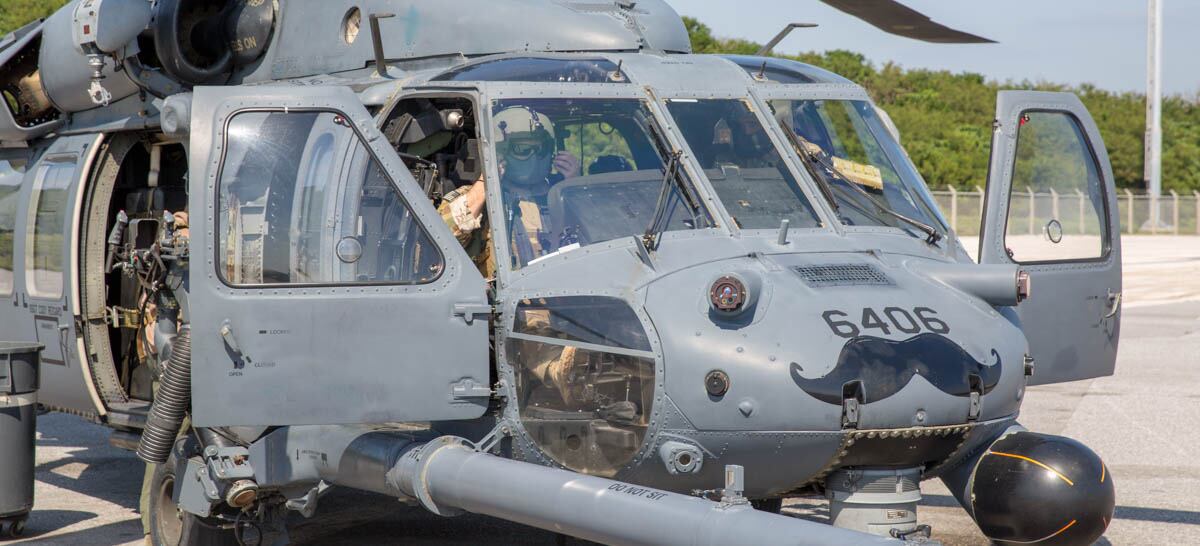PHILADELPHIA — A Lockheed Martin subsidiary’s combat rescue helicopter took to the skies for the first time Friday.
The HH-60W helicopter — one of two that Sikorsky fully assembled — flew from the company’s West Palm Beach, Florida, test facility, the company said. The second aircraft is set to begin flying next week, and another two aircraft enter flight tests this summer.
The U.S. Air Force plans to buy 113 HH-60W helicopters to replace the HH-60G Pave Hawk.
“The HH-60W’s first flight is the culmination of significant development and design advances. We are excited to now move forward to begin full aircraft system qualification via the flight test program,” Greg Hames, director of the Combat Rescue Helicopter program, said in a statement.
Both existing helicopters underwent final assembly in Stratford, Connecticut, and were transferred to West Palm Beach late last year after an aircraft test readiness review in October, the company said in a February news release.
The service began buying the combat rescue helicopter in fiscal 2019, ordering 10 aircraft. It requested 12 in FY20 and plans to ramp up slightly with 16 HH-60Ws in FY21 and 13 in FY22 before going back down to 12 aircraft in FY23 and FY24.
The first nine aircraft will consist of four aircraft in the engineering and manufacturing development phase and five system demonstration test articles.
The program is on track to hit Milestone C this September.
According to Sikorsky, the HH-60W’s new fuel system gives it double the internal fuel capacity as a UH-60M Black Hawk, making it possible for crews to fly farther and for longer. Compared to the Pave Hawk, the new, yet-unnamed combat rescue helicopter will have additional weapons capability and more advanced defensive systems, communications gear and cyber protections.
RELATED

Valerie Insinna is Defense News' air warfare reporter. She previously worked the Navy/congressional beats for Defense Daily, which followed almost three years as a staff writer for National Defense Magazine. Prior to that, she worked as an editorial assistant for the Tokyo Shimbun’s Washington bureau.








